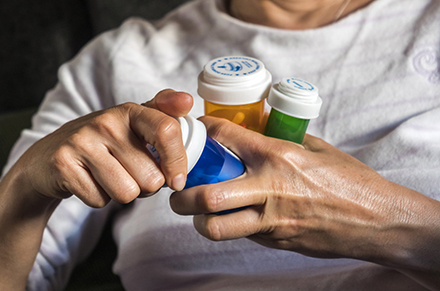
An asthma diagnosis doesn’t come cheap, say the authors of new research based on a survey of asthmatic women enrolled in the Sax Institute’s 45 and Up Study.
The study authors, led by Professor Jon Adams of the Faculty of Health at the University of Technology, Sydney, surveyed 375 NSW women from the 45 and Up Study cohort who had been diagnosed with asthma. They looked at what healthcare these women accessed for their asthma, as well as their use of both prescription and complementary medicines.

On average, the women – who were aged between 45 and 91 – had out-of-pocket expenses of $345 a year related to their asthma. That translates into $159 million spent on asthma treatment every year by Australian women over the age of 50, over and above what is reimbursed by Medicare.
While doctor consultations ($47 million) and prescription drugs ($60 million) accounted for much of this expenditure, the study found that women were also paying substantial amounts for complementary medicines (CM) and treatments ($34 million) – such as herbal medicines, nutritional supplements or acupuncture – as well as for consultations with CM practitioners ($18 million). Overall, one in three women in the study were using CM products or practices.
The authors say their research has several implications for clinicians, researchers and policy makers.
Despite asthma patients’ significant expenditure on complementary medicines, evidence for their efficacy is “limited at best”, they note.
“It is imperative that further work seek to establish the evidence-base of different CM treatments used for the management of asthma.”
The authors also highlight that the breadth of both conventional and complementary healthcare services used and the range of treatments patients self-prescribe make it difficult to properly coordinate care.
They say that at the very least, healthcare providers should be initiating conversations with their patients about what other treatments or medicines they may be using for their asthma, to ensure patients are getting safe, effective and coordinated care.
The study is published in the Journal of Asthma; you can access the abstract here.
The 45 and Up Study is the largest ongoing study of healthy ageing in the Southern Hemisphere. Find out how the Study is powering other research into smoking and heart disease, physical activity and mental health.





